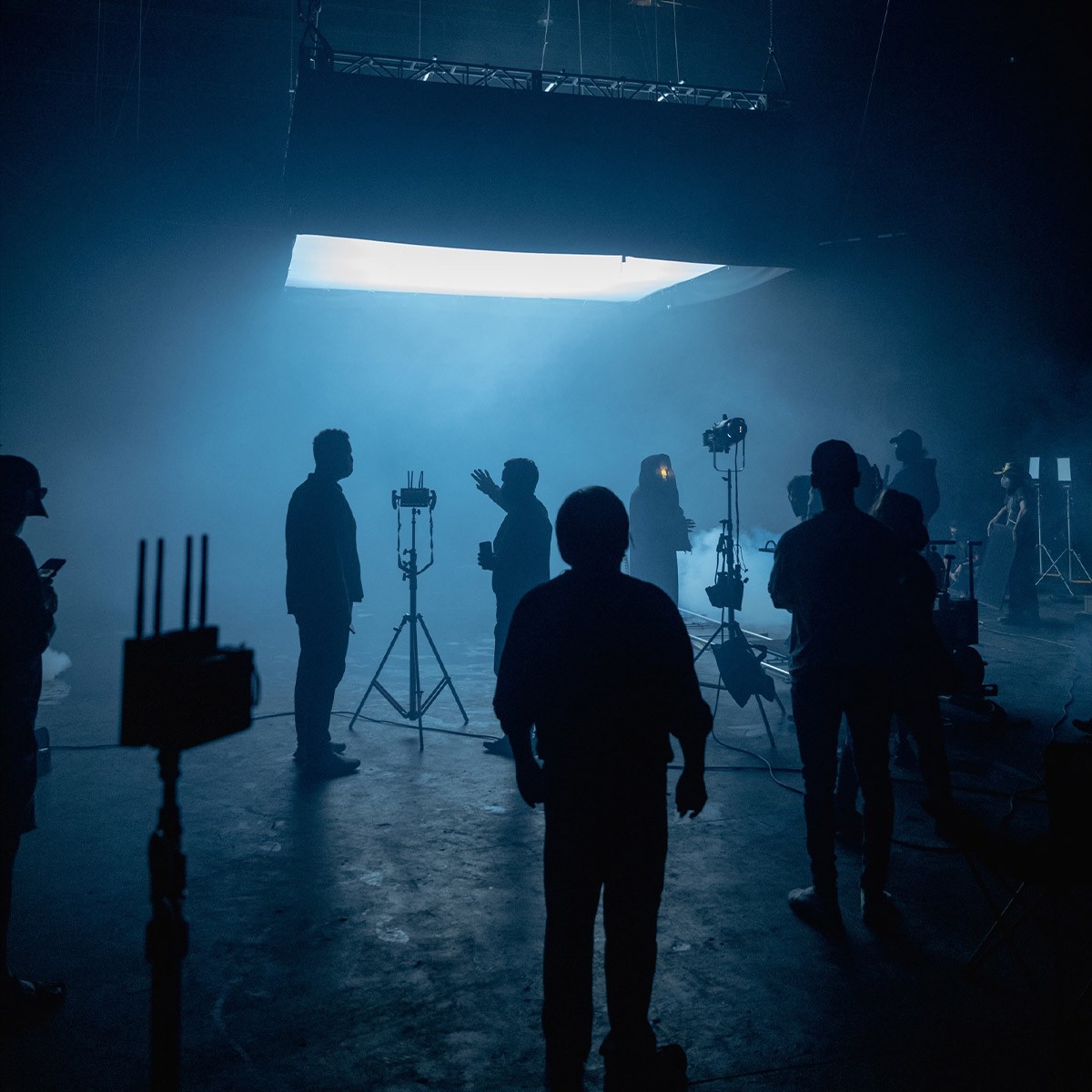Special Effects Department
Film Crew Position: Stop-motion Animation

What does a Stop-motion Animation do?
Stop-motion animation is a cinematic process that physically manipulates objects to appear as if they are moving on their own. The technique involves capturing one frame at a time with physical objects that are slightly moved between frames. When the series of frames is played in sequence, it creates the illusion of movement. Common materials used in stop-motion animation include clay, puppets, paper, and plasticine figures. This type of animation is used in various forms of media, including films, television series, and advertisements.
What role does a Stop-motion Animation play?
The primary role of a stop-motion animator involves conceptualizing and creating animated sequences using the stop-motion technique. This requires setting up scenes, crafting characters, and meticulously moving them in small increments to capture the desired movement frame by frame. Animators work closely with directors to bring complex scenes to life, ensuring that the animation aligns with the overall vision of the project. They are also responsible for maintaining the consistency and quality of the animation throughout the production process.
Do you need to go to college to be a Stop-motion Animation?
A formal college education is not mandatory to become a stop-motion animator, but it can be beneficial. Many professionals in this field hold degrees in animation, film production, or related fields from art schools or universities. These programs provide valuable training in various animation techniques and the use of industry-standard software, which can significantly enhance an animator's skills and employment prospects. However, practical experience, a strong portfolio, and a deep understanding of animation principles are equally important in this field.
What skills do you need to be a Stop-motion Animation?
Stop-motion animation requires a combination of creative and technical skills. Key skills include a strong sense of timing and visual storytelling, meticulous attention to detail, and patience, as the animation process can be time-consuming. Technical skills such as proficiency in using DSLR cameras, lighting for animation, and software like Dragonframe are crucial. Additionally, problem-solving skills and the ability to work collaboratively are important, as stop-motion animators often need to find innovative solutions to technical and artistic challenges.
New to filmmaking?
Get Free Template
Use our budget template to get a kick start on your film project. Get access to dozens of templates no matter what type of project!
